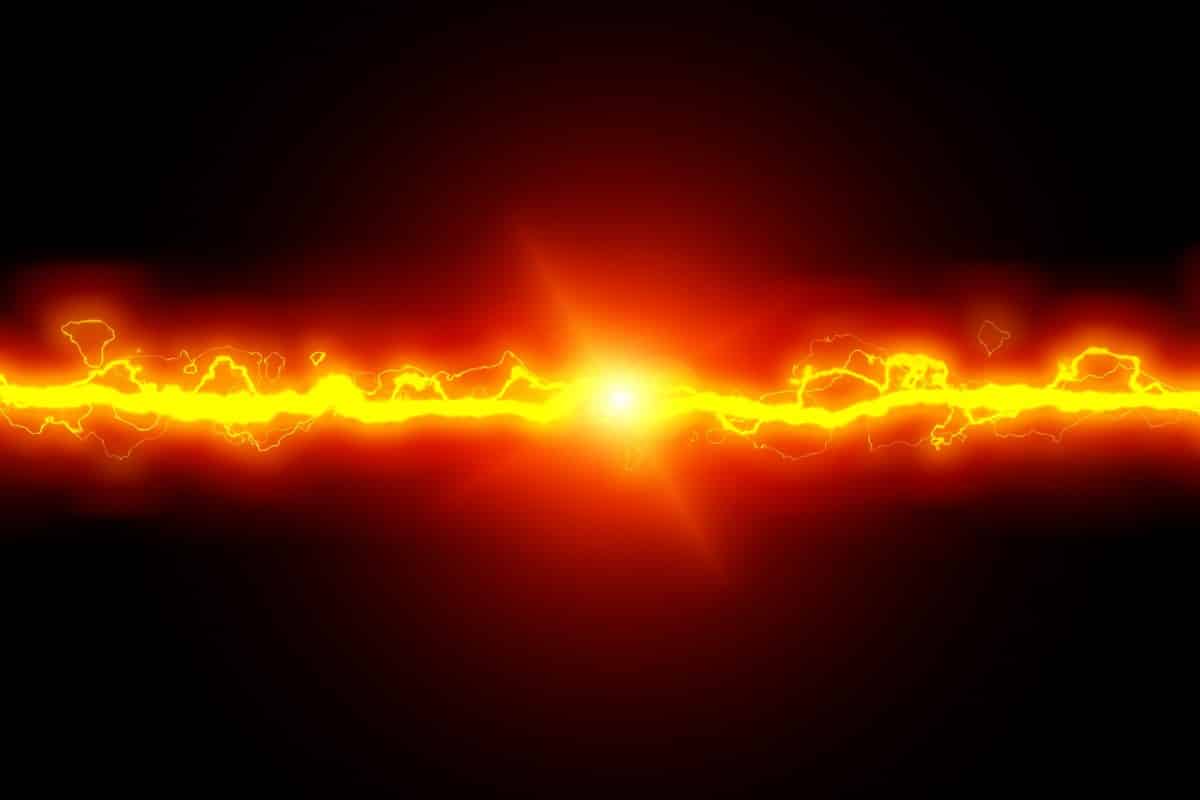
The Dutch physicist Heike Kamerlingh Onnes established the theory of superconductivity in 1911. He discovered that mercury loses its electrical resistance at 4.2 Kelvin (- 268.95 °C ). Since then, scientists have been searching for other superconductors which have the same effect at higher temperatures: conducting electricity without wasting energy. If they were able to achieve superconductivity at room temperatures, in the long run that would mean fewer power plants, fewer greenhouse emissions and lower costs. Enormous amounts of electricity which are currently lost in transport could be saved.
The previous record for high-temperature superconductivity was – 70 °C. In 2015, researchers at the Max Planck Institute for Chemistry in Mainz, led by Dr. Mikhail Eremets, paved the way for current studies focusing on advances in high-temperature superconductivity. They discovered that hydrogen sulfide (H3S) becomes superconductive under a pressure of 2.5 megabars at -70 °C. Before this discovery, ceramics containing copper held the superconductivity record. But even with these materials, a temperature of at least -135 °C was required for them in order for their electrical resistance to be lost.
Now researchers in Mainz have taken a major step towards superconductivity at room temperature by experimenting with lanthanum hydride (LaH10). They discovered that it already loses its electrical resistance at a temperature of -23 °C. “We have selected lanthanum hydride from other possible candidates for room temperature superconductivity which have been selected with the help of the theory,” explains Dr. Eremets. “We’re also working on other materials.”

From high pressure to metallic lanthanum hydride
Eremets considers hydrogen content to be one of the reasons why lanthanum hydride becomes a superconductor at higher temperatures more so than hydrogen sulfide or even conventional metallic superconductors. “Obviously, there is a lot more hydrogen in LaH10 than in H3S. As the lightest atom, hydrogen is advantageous to superconductivity because it causes the crystal lattice to vibrate at very high frequencies,” he says.
” Secondly, LaH10 has a very different structure compared to H3S. This reason is not so obvious, and it is difficult to explain in qualitative terms. Many parameters, and not only the frequencies of lattice oscillations, determine the critical temperatures and accurate calculations show that the critical temperature for LaH10 should be higher than for H3S.”
The scientists synthesized small amounts of lanthanum hydride during their experiments. In a special chamber, just a few hundred cubic micrometers in size, they subjected the samples to a pressure of 1.7 megabar (1.7 million times more than the pressure in the Earth’s atmosphere) and then cooled them down. At the critical temperature of -23 °C, the electrical resistance of the material dropped abruptly to zero.
Since superconductivity cannot be unequivocally proven merely by resistance measurements, the researchers also took measurements in conjunction with an external magnetic field. A magnetic field interferes with superconductivity, causing the transition to lower temperatures to change – and this is exactly what physicists observed.

A significant discovery for science
“Our study is an important milestone on the road towards superconductivity at room temperature,” says Mikhail Eremets. Furthermore, the findings are also of great importance for science. “It shows that conventional superconductors which follow the established BCS (Bardin-Cooper-Schrieffer) theory are currently the most promising for reaching the highest critical temperatures,” says Eremets. “The anticipated superconductivity at room temperature will soon be reached at very high pressures. Our studies are a first step in the quest for new superconductors, even under ambient pressure, since theoretically there appears to be no limit to the critical temperature of superconductivity.”
Eremets and his team are currently researching superconductivity in yttrium hydride. “With this material, we are predicting that it will be superconductive at even higher temperatures,” says the scientist.

